African Rue
Information
Peganum harmala - Nitrariaceae Family - Perennial
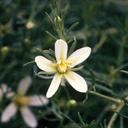
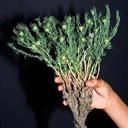
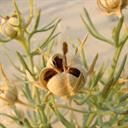
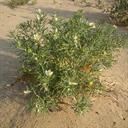
Identification
- Flowers: Flowers are white with 5 petals. They appear at the ends of the stems.
- Seeds: The fruit develops soon after flowering. Each plant may produce as many as 1,000 fruits, with each fruit containing 40 to 50 seeds.
- Leaves: The leaves are dark green, alternate, smooth and fleshy like the stems, and divided with long narrow segments. They produce a disagreeable odor when crushed.
- Flowering Time: African Rue flowers from spring to early fall.
- Life cycle: African Rue is a perennial that begins its annual growth in early spring, flowers throughout the summer, and dies back to its roots in the fall and winter.
Impacts
- African Rue is extremely toxic to livestock, with a lethal ingested dose measuring only 0.15% of the animal’s body weight.
- This plant is extremely drought tolerant. Its taproot can extend more than 20 feet deep in search of water.
- African Rue produces allelopathic compounds that act as active herbicides to actively prevent other plants from germinating.
Control
Most effective control methods
- Mechanical control methods (pulling, cultivation, etc.) are ineffective due to African Rue’s extensive root system. Roots can produce new shoots, especially when severed.
- Biological control such as grazing is not possible due to the plants’ toxicity. Traditional biocontrol has thus far proven ineffective.
- Chemical control is effective against African Rue only with continued treatment year after year. Targeted herbicides tend to only kill the surface foliage of the plant, leaving the root system alive to re-sprout. African Rue can be controlled with some general herbicides, but these tend to also kill surrounding desirable species.
Large Images
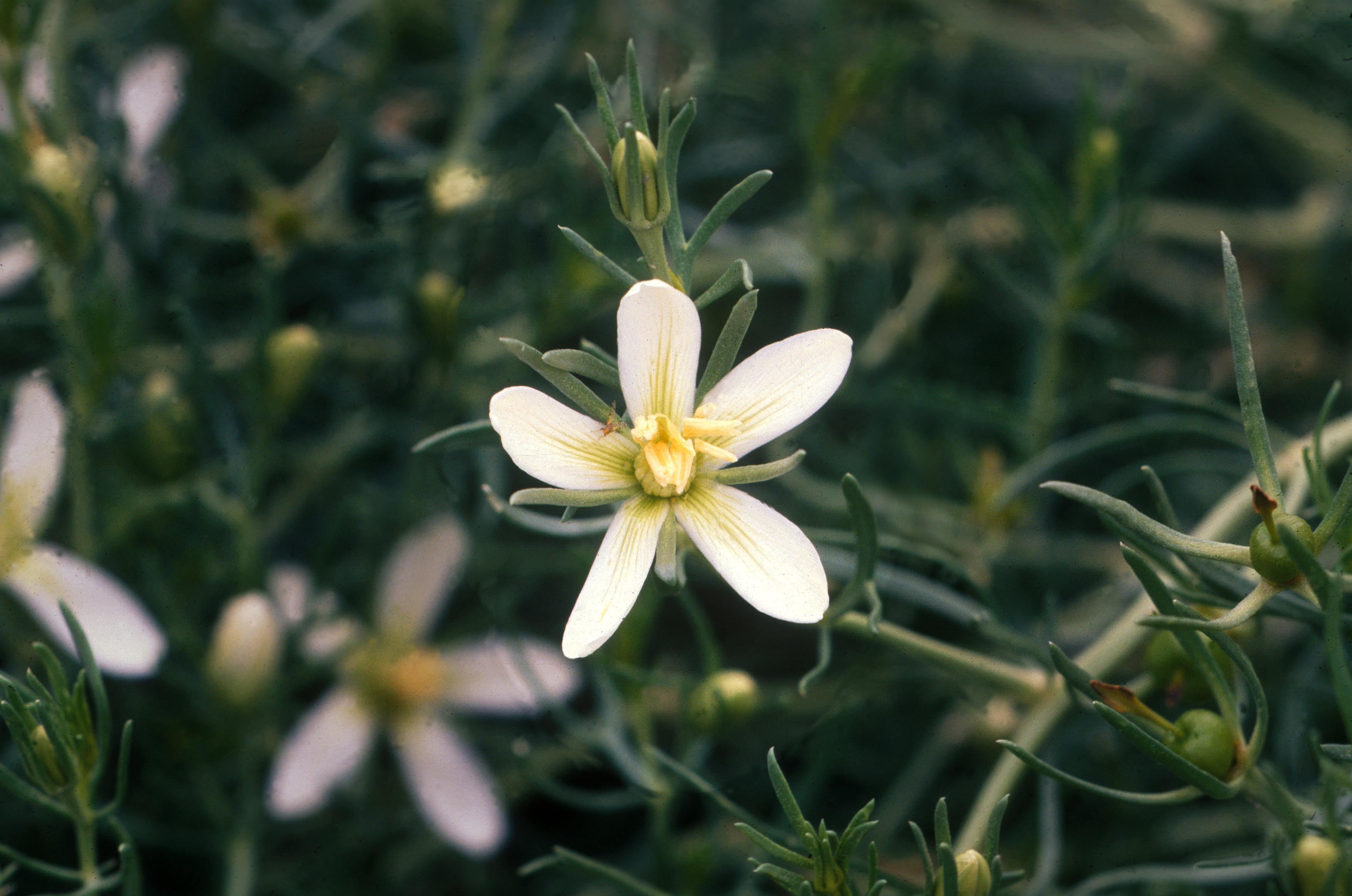
African rue: flower
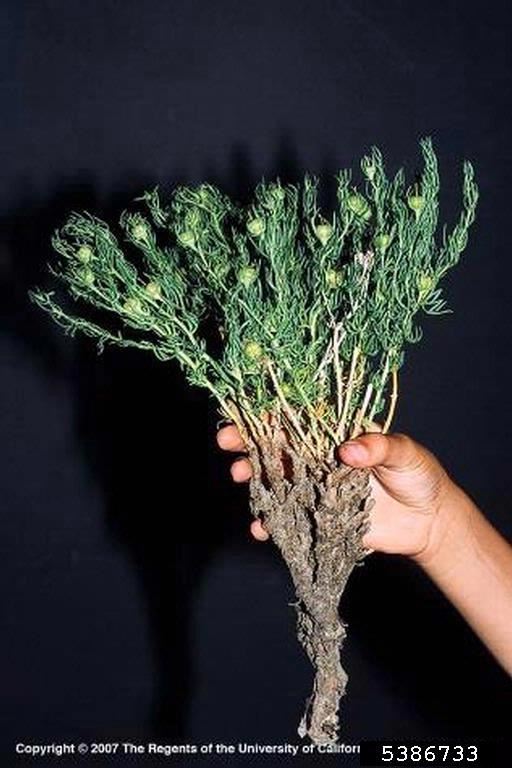
African rue: plant with rootstalk
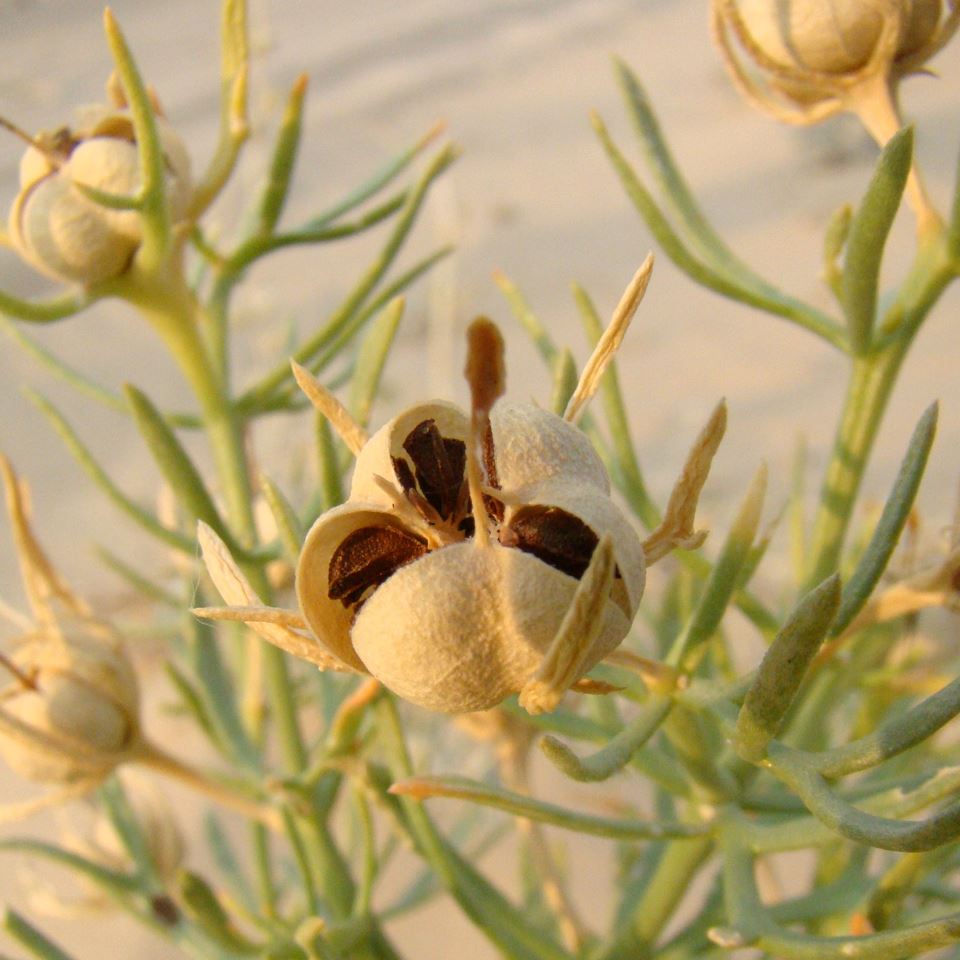
African rue: seed pod
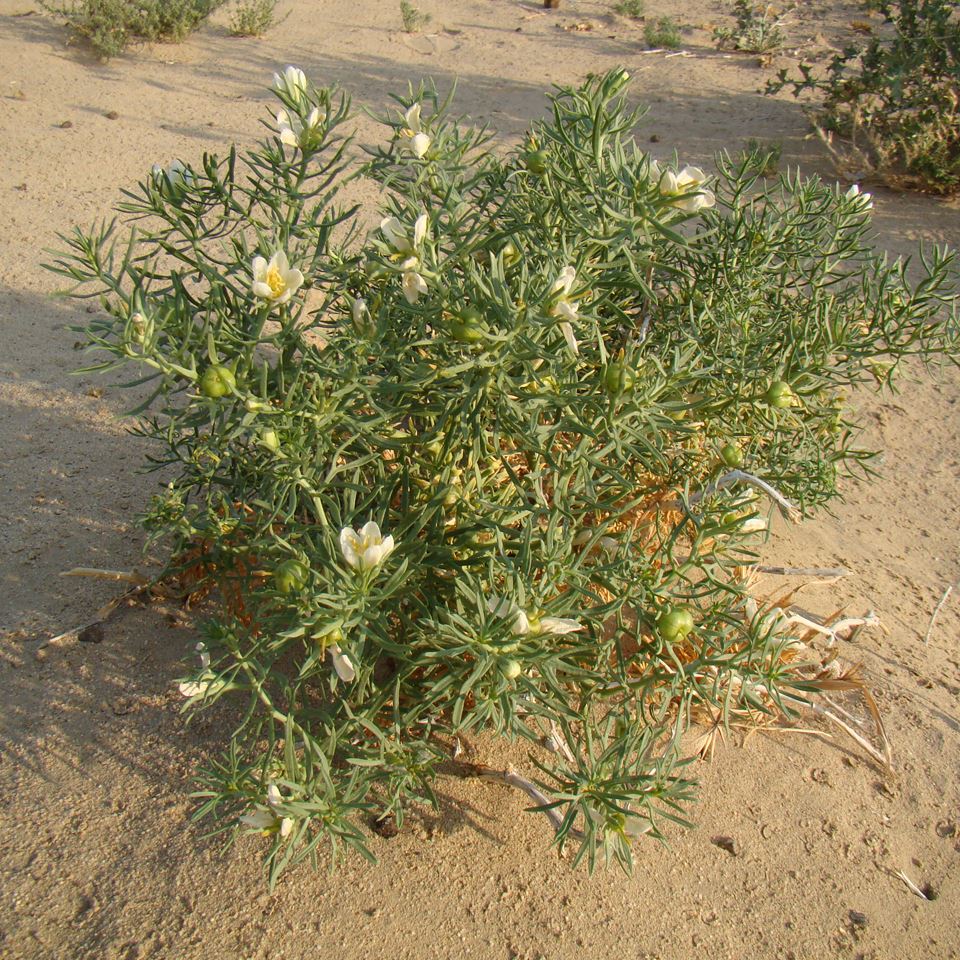
African rue: full plant
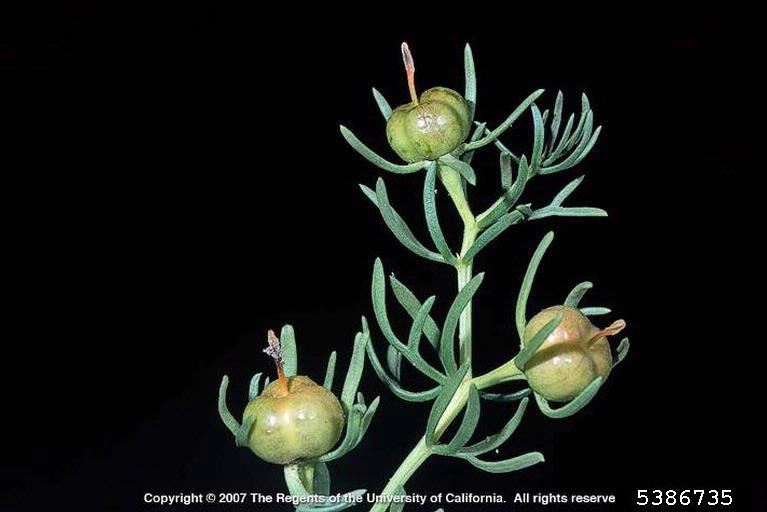
African rue: fruit
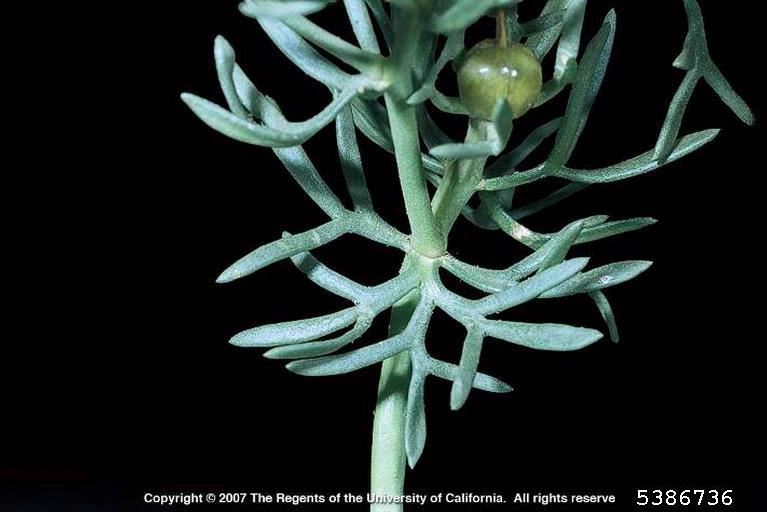
African rue: foliage
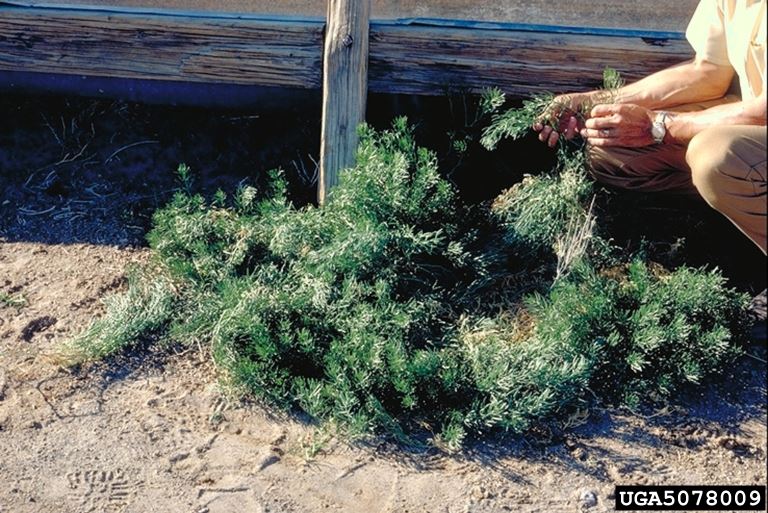
African rue: infestation
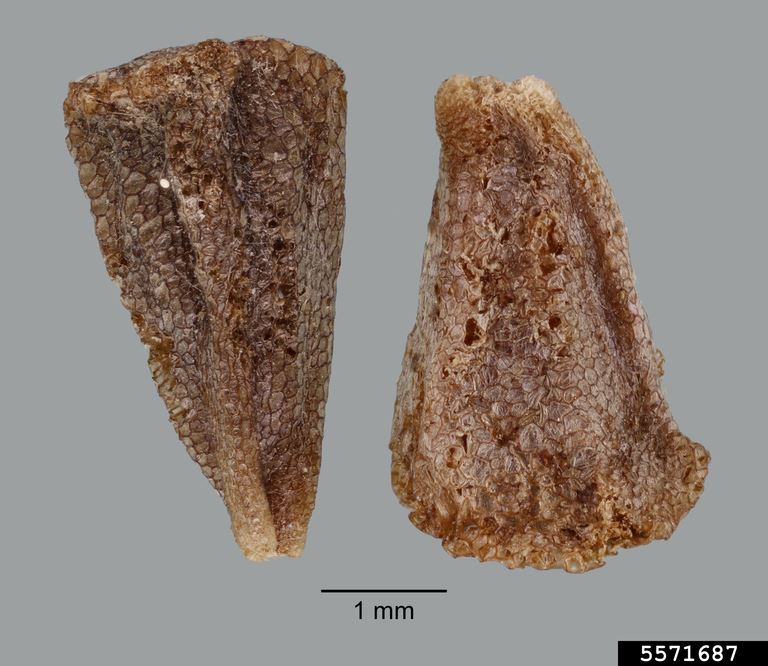
African rue: seeds
Resources
-
References
Hart, C. (2002, October). African rue: biology and management [PDF file]. Retrieved from http://pecosbasin.tamu.edu/media/2652/l-5429.pdf View PDF
McDaniel, K., & Duncan, K. (2015, March). African rue control: ground applications [PDF file]. Retrieved from http://aces.nmsu.edu/pubs/_b/B821.pdf View PDF
Oregon Department of Agriculture Noxious Weed Program. (2010). Oregon Department of Agriculture noxious weed pest risk assessment for African rue [PDF file]. Retrieved from https://www.oregon.gov/ODA/shared/Documents/Publications/Weeds/AfricanRuePlantPestRiskAssessment.pdf View PDF
Texas Invasive Species Institute. African rue. Retrieved from http://www.tsusinvasives.org/home/database/peganum-harmala
United States Department of Agriculture. (2014, September). Field Guide for managing African Rue in the Southwest [PDF file]. Retrieved from https://www.fs.usda.gov/Internet/FSE_DOCUMENTS/stelprdb5410106.pdf View PDF




